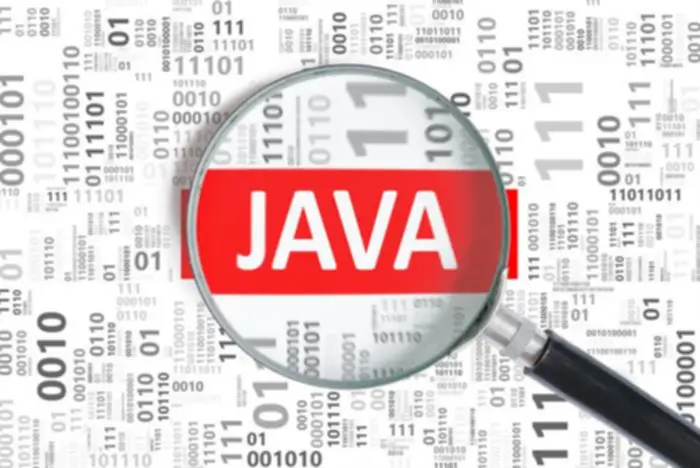Moreover, software program instruments are available to ensure that containerized workloads adhere to compliance and regulatory standards just like the GDPR, HIPAA, and so forth. One of the most typical approaches to application modernization is containerizing purposes in preparation for cloud migration. Working lots of of 1000’s of containers throughout a system can become unmanageable and requires an orchestration administration answer. Another important milestone occurred in 2008, when Linux containers (LXCs) had been implemented within the Linux® kernel, fully enabling virtualization for a single occasion of Linux. Over the years, applied sciences like FreeBSD jails and AIX Workload Partitions have provided related working system-level virtualization. A historical moment in container growth occurred in 1979 with the event of chroot, part of the Unix version 7 operating system.
Therefore, it stands alone and turns into portable—able to run throughout any platform or cloud, freed from points. The container engine, or container runtime, is a software program that creates containers primarily based Static Code Analysis on the container pictures. It acts as an intermediary agent between the containers and the operating system, providing and managing assets that the application needs. For instance, container engines can handle a quantity of containers on the identical operating system by maintaining them impartial of the underlying infrastructure and one another. Virtual machines and containers are two fundamental tools that assist you to transfer your software to a cloud-based environment. Containerized environments are dynamic and may change a lot faster than environments in virtual machines, offering priceless agility.

Classes Realized From Ecommerce Product Managers
Containerization offers the software tool to pack microservices as deployable applications on completely different platforms. As a result, containerization and cloud-native functions are carefully intertwined, with many cloud-native functions being built and deployed using containerization applied sciences like Docker and Kubernetes. Kubernetes, originally developed by Google and is open source, is the number one container orchestration platform. It automates the deployment, scaling, and management of containerized purposes, making it important for large-scale, complex environments. Kubernetes contains features such as self-healing, horizontal scaling, and declarative configuration, all of which make applications run easily and efficiently. Containers are light-weight, portable items that package deal an software and its dependencies to make sure it runs persistently throughout different environments.
- The term cloud native implies that the application is born and resides in a cloud computing environment.
- Now, let’s have a look at top benefits of deploying software on a container engine.
- For occasion, this will happen when a developer transfers code from a desktop pc to a VM or from a Linux® to a Home Windows working system.
- To sort out this problem, you have to use monitoring instruments designed particularly for containers.
- Containers permit functions to run in isolated, safe environments, improving resource utilization and permitting for more flexibility in deployment.
- Containers could be deployed anywhere, which creates new assault surfaces surrounding the container-based surroundings.
Maintain Your Head In The Cloud
These practices should handle all the stack layers, together with the containerization platform, container images, orchestration platform and particular person containers and purposes. Each containerized utility is isolated and operates independently of others. The failure of one container doesn’t have an result on the continued operation of some other containers.
Container pictures are read-only and can’t be altered by the pc system. We consider Nutanix hyperconverged Infrastructure (HCI) is the perfect infrastructure basis for containerized workloads running on Kubernetes at scale. Nutanix offers platform mobility supplying you with the choice to run workloads on each your Nutanix personal cloud as well as the basic public cloud. The Nutanix structure was designed preserving hardware failures in mind, which offers better resilience for each Kubernetes platform components and utility information.
For product managers seeking to deploy functions efficiently while maximizing scalability and minimizing useful resource usage, containerization isn’t just a present trend — it’s the longer term. As a product manager, choosing between virtualization and containerization is dependent upon your application’s requirements and the assets available to you. Containerization, also called container stuffing or container loading, is a comparatively new concept within the realm of software development. It refers again to the process of abstracting software program code and its essential libraries. It offers intensive documentation, an enormous library of container pictures on Docker Hub, and group help, making it a super start line for those new to containerization.
Improvement groups can identify and proper any technical issues within one container without any downtime in other containers. Also, the container engine can leverage any OS safety isolation techniques—like SELinux access control—to isolate faults within containers. Containers are sometimes called “lightweight”—they share the machine’s OS kernel and do not require the overhead of associating an OS within each application (as is the case with a VM).

This permits Windows-based functions to be containerized and managed similarly to Linux-based containers. While Docker focuses on Linux containers, it additionally supports Home Windows containers, providing a cross-platform resolution for containerization. Home Windows Server containers, nevertheless, are particularly optimized for the Windows surroundings and supply a path to modernizing legacy Home Windows purposes via containerization. Docker, which is now thought-about a synonym for containerization, supplies an intensive platform that streamlines the creation, distribution, and execution of functions inside containers. The Docker engine is at the heart of Docker’s platform, enabling containers to be packaged and run persistently throughout totally different environments. Docker additionally adheres to industry standards set by the Open Container Initiative (OCI), making certain interoperability and consistency across container applied sciences.
It also handles community interfaces for containers, and ensures they have entry to needed sources like file systems and units. In essence, containerization permits builders to create predictable environments isolated from different applications. It’s a know-how that enables purposes to run rapidly, reliably, and persistently, regardless of the deployment surroundings. Because container purposes can run on cloud servers, they’re usually more accessible than other purposes.
Containers are much smaller, sometimes measured by the megabyte and not packaging something larger than an app and its working setting. Explore how IBM’s cutting-edge technologies may help you harness the ability of knowledge, streamline operations and gain a competitive edge. Uncover how a hybrid cloud strategy can drive flexibility, safety and progress for your small business.
Docker provides an image-based deployment model, making sharing apps easy describe the benefits of containerisation throughout computing environments. Containers are executable items of software that package application code together with its libraries and dependencies. They permit code to run in any computing setting, whether or not it’s desktop, traditional IT or cloud infrastructure.

These provide a virtual community that containers can use to speak with each other. They additionally let you control the network traffic between containers, improving security. To overcome this hurdle, you have to use storage options designed specifically for containers, similar to Docker volumes or Kubernetes persistent volumes. These allow you to store data outside of the container, ensuring its persistence even when the container is deleted. They can be shortly started and stopped, making them perfect for purposes that need to shortly scale in response to demand. Kubernetes orchestrates the deployment of containers on servers—though there are other choices, too.
Key Benefits Of Containerization
Since then, the OCI has helped broaden the alternatives for open-source engines so customers can keep away from https://www.globalcloudteam.com/ vendor’s lock-in. Containerization involves building self-sufficient software packages that perform constantly, whatever the machines they run on. Software Program developers create and deploy container images—that is, information that contain the necessary info to run a containerized software. Developers use containerization instruments to construct container pictures based on the Open Container Initiative (OCI) picture specification. OCI is an open-source group that provides a standardized format for creating container pictures.

